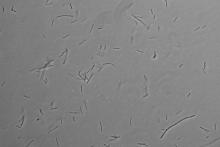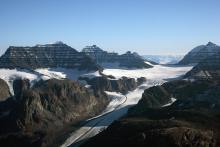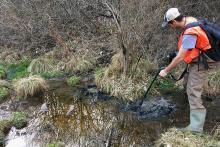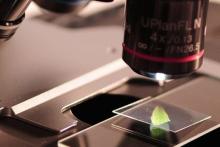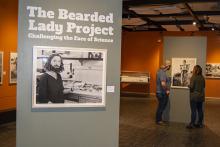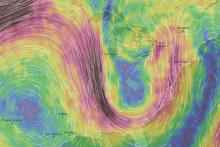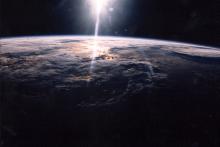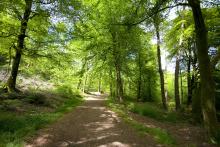Microbes that thrive in some of the most extreme places on Earth have discovered another cozy place to live — inside homes across the United States.
The Greenland ice sheet melted a little more easily in the past than it does today because of geological changes, and most of Greenland's ice can be saved from melting if warming is controlled, says a team of Penn State researchers.
Chemical clues in waters near Marcellus Shale gas wells in rural Pennsylvania can identify new drilling-related sources of methane contamination, according to scientists.
The College of Earth and Mineral Sciences is conducting an Assessment of the Living, Learning, and Working Environment (ALLWE) in the college. Deadline to take survey is November 30, 2018.
An inaugural University-wide undergraduate research symposium will showcase work being conducted by women, minorities and first-year students in STEM fields.
'The Bearded Lady Project' photography exhibit, which highlights women in science and draws attention to issues they face, is now open in the Earth and Mineral Sciences Museum & Art Gallery.
Continued burning of fossil fuels is likely to fuel even more extreme summers than that of 2018 because of its impact on the jet stream.
Three undergraduate research experience programs through NASA’s Pennsylvania Space Grant Consortium are offering students the opportunity to work with a research team and gain laboratory experience.


